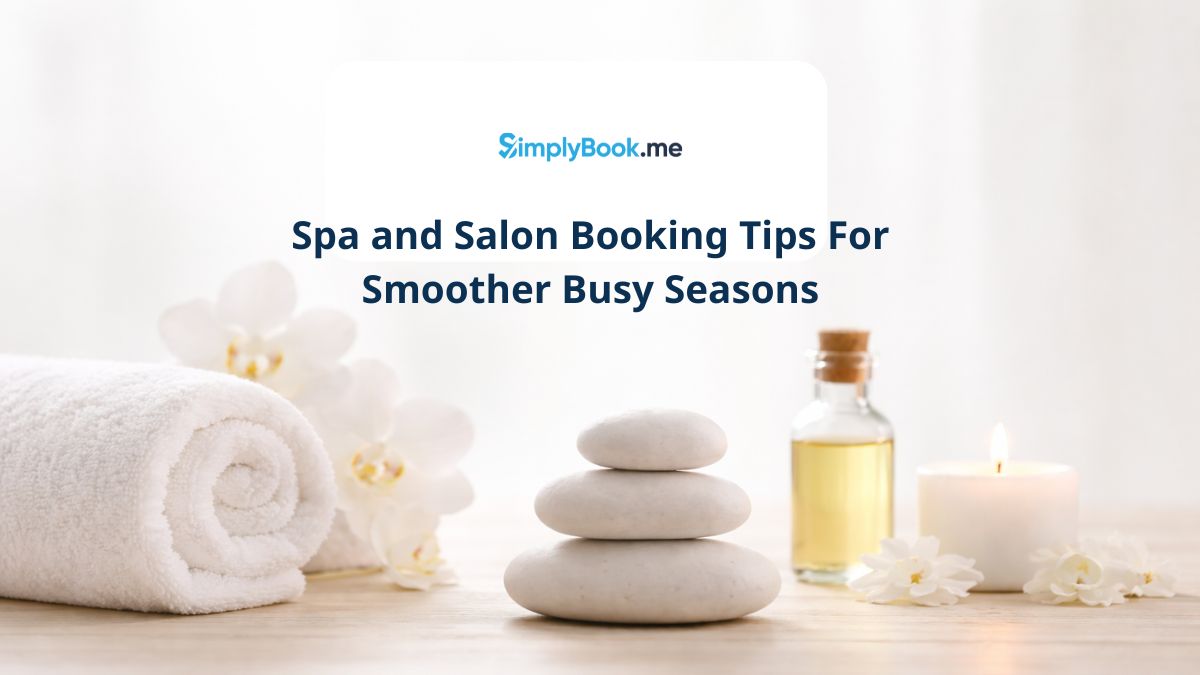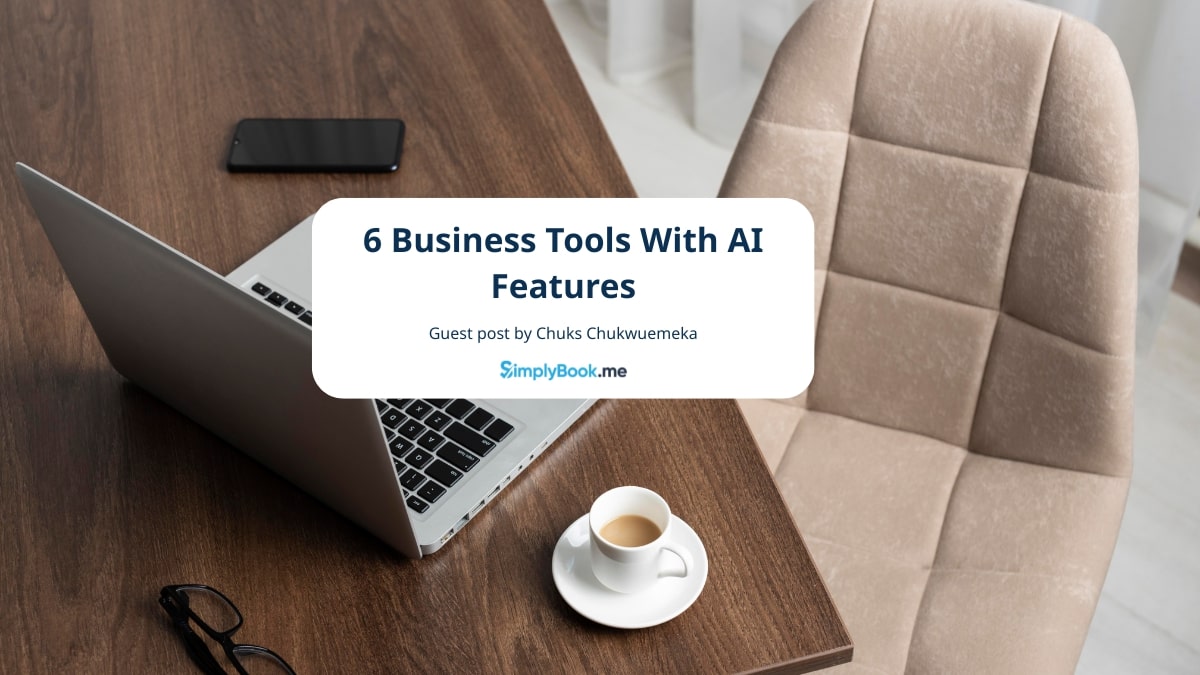10 Practical Tips on How to Increase Sales for Your Small Business

This post is also available in:
![]()
![]()
![]()
![]()
![]()
![]()
![]()
Starting and running your own small business can be incredibly exciting. As a small business owner, you get to follow your passions, be your own boss, and bring your vision to life. However, with the freedom and flexibility of small business ownership also comes its own unique challenges and hurdles. One of the biggest difficulties that many small business owners face is figuring out how to consistently generate sales and revenue. Unlike large corporations with huge marketing budgets and established branding, small businesses need to find creative ways to attract customers and drive conversions with limited resources. The good news is that by employing strategic, targeted techniques, you can steadily grow your customer base and sales as a small business.
In this blog post, we’ll provide ten proven tips for how small business owners can boost revenue, increase profits, and scale up their customer pipeline. Whether you sell products online or offline, run a local service business, or have a small brick-and-mortar store, these methods can help take your sales to the next level. Let’s get started!
How to Increase Sales for Your Small Business
Here are the top 10 practical tips you can implement to increase sales for your small business in 2024.
Tip #1 — Optimize Your Website for Maximum Conversions
Your small business website is often the first touchpoint for potential new customers discovering your business.
An unoptimized, poorly designed website can easily drive visitors away and lose you an enormous amount of sales.
However, by staying up to date with the latest web design trends, you not only enhance the visual appeal of your website but also increase its functionality, ultimately capturing and retaining visitors, leading to higher conversion rates and maximizing your sales potential.
That’s why it’s critical to have a user-friendly, conversion-focused website that makes it easy for customers to find information and make purchases.
Here are some tips for optimizing your small business website for better conversions:
- Improve your website speed and page loading times. Quickly loading pages keeps visitors engaged. Use speed testing tools and image compression.
- Ensure your website is mobile responsive for different screen-sizes. Over 50% of traffic is from mobile users nowadays.
- Include clear calls-to-actions (CTAs) above the fold. Strong CTAs like “Shop Now” or “Start Free Trial” guide visitors.
- Simplify your navigation menus, product pages, and forms for easy usability. Less clutter means lower exit rates.
- Use on-site search and filters to help customers find products quickly.
- Install analytics like Google Analytics to identify website bottlenecks. Track traffic sources, landing pages, and conversions.
- Don’t forget online compliance: Users care about their personal information, so providing a privacy and cookie policy is essential to building trust and increasing conversions. Especially in e-commerce, terms of use are key to getting customers to complete their purchases.
Investing time and effort into website optimization can deliver a major payoff for small businesses.
So, treat your website as an invaluable asset for inbound leads and direct sales.
Tip #2 — Leverage Social Media to Reach More Customers
Social media platforms like Facebook, Instagram, LinkedIn, and Twitter offer powerful ways for small businesses to directly connect with new audiences and drive brand awareness.
According to Sprout Social, 97% of small businesses are on social media. Developing an effective social media marketing strategy can give your small business an edge.
Here’s how you can make the most out of social media platforms:
- Post visually appealing, high-quality photos and short form videos that grab attention.
- Craft compelling captions that communicate your brand messaging and value proposition.
- Use relevant hashtags so your content reaches those interested in your products or services. For example, if you sell fashion high-ticket products, you can go with trending hashtags like ‘luxury fashion,’ ‘luxury brand,’ or ‘designer clothing.’
- Run occasional social media contests, giveaways, and promotions to spark engagement.
- Share behind-the-scenes company insights and introduce your team to a personal touch.
- Respond promptly to all comments and questions from potential customers.
- On LinkedIn, you can develop a successful automated LinkedIn messaging strategy using tools similar to Linked Helper
Rather than spreading yourself too thin, focus your posting and engagement on one or two social platforms where your target audience is most active.
And be sure to analyze your results monthly — the best-performing content should be your model.
Tip #3: Grow Your Email List and Send Regular Newsletters
Collecting customer emails is one of the most effective ways for small businesses to nurture leads and drive repeat sales.
Email subscribers are valuable prospects already interested in your brand. Plus, email has high conversion rates compared to other marketing channels.
Here are some tips for harnessing email marketing:
- Offer an incentive like a discount code or free product sample in exchange for sign-ups on your website and social media.
- Place email submission forms in prime locations like your navigation bar and product pages. Don’t hide them!
- Send a regular e-newsletter (weekly or monthly) with helpful tips, free templates or product highlights. Useful resources build trust.
- Promote limited flash sales, special offers, or product releases to subscribers first before the general public.
- Personalize emails in your email campaigns when possible with customer names.
- Make sure your emails are mobile-responsive and pass spam filters. Use services like MailChimp or Constant Contact that make professional emails easy.
The consistent nurturing of an email list ensures you stay top of mind with potential customers and fans. Don’t leave these tactics off your small business marketing action plan!
Tip #4: Run Targeted Paid Ads
While organic social media and email have advantages, investing even small amounts into paid advertising can generate great returns for small businesses.
Platforms like Google Ads, Facebook, and Instagram Ads allow precision targeting so you reach your ideal leads.
Here are some tips to make the most of digital ads:
- Define your target customer demographic including location, age, gender, interests, and behaviors. Target narrowly.
- A/B test multiple ad variations with different images, text, and calls-to-action. See what resonates.
- Highlight discounts or free shipping to motivate purchasing.
- Keep a tight ad budget at first as you test performance. Adjust spend based on ROI.
- Use relevant keywords that prospects search for. Target key buying holidays or seasons.
- Install Facebook Pixel or Google Analytics tracking to measure conversions from each ad and landing page.
While digital ads require active management, they allow small businesses to quickly scale external visibility and traffic. Monitoring Google Analytics KPIs can provide valuable insights into the effectiveness of your advertising strategies.
Tip #5: Partner with Complementary Businesses
Strategic partnerships present a win-win route to expand your small business’s reach by accessing the customer bases of other complementary businesses.
So, look for potential partner businesses that serve a similar target customer but don’t directly compete with your core offerings.
Here are some examples of partnerships worth exploring:
- Co-marketing campaigns where you promote their brand to your audience in exchange for them sharing your products.
- Create a bundled offering where your product/service is combined with another business’ product/service at an attractive package price.
- Co-host events, contests, webinars, fundraisers, or giveaways that double the target audience.
- Cross-sell each others’ offerings. A flower shop could partner with a local bakery to provide baked goods and flower arrangements in combination.
As you can clearly see, partnerships allow small businesses to punch above their weight and open new doors.
Tip #6 — Proactively Collect Customer Feedback
Actively asking for and collecting customer reviews, testimonials, feedback, and insights provides invaluable guidance for your small business.
It shows customers you value them while supplying feedback to improve weak points and expand on strengths.
Here are some ways to gather helpful customer input:
- Send a follow-up email survey after purchases asking about the customer experience. Offer a discount on their next order for participating.
- Monitor online reviews and social media complaints. Quickly respond to negative reviews.
- Run occasional contests for reviews and testimonials. Display them proudly on your website.
- Hold in-store or phone customer interviews to learn pain points and needs.
Keep soliciting reviews to build social proof. For unsatisfied customers, go above and beyond to make it right.
Paying attention to feedback shows customers you’re committed.
Tip #7 — Start a Customer Referral Program
Referrals from satisfied existing customers can become a major sales channel for small businesses. This is because word-of-mouth recommendations from people someone knows and trusts are very persuasive and can boost your sales.
Here are some tips for capitalizing on customer referrals:
- Offer customers discounts or rewards for successful referrals. Track referrals with coupon codes or unique URLs.
- Make it very easy for customers to share and invite others to your business with email templates, Facebook posts, text promos, etc.
- Highlight happy customer stories, photos, and testimonials on your website’s homepage as social proof.
- Send a small thank-you gift to customers who refer new patrons. This motivates future referrals.
While paid ads have a role, leveraging your satisfied customers to organically spread the word with incentives and appreciation can further increase sales for your small business.
Tip #8 — Refresh Your Brand Messaging and Positioning
As your small business grows and evolves over time, it’s important to revisit your brand messaging and positioning periodically to ensure relevance, differentiation from competitors, and alignment with your offerings and target customers.
Here are some signs it may be time to refresh your branding:
- Your current messaging feels outdated and stale. It’s not generating excitement or accurately reflecting your brand identity.
- Competitors have entered your space whose brand voices better speak to your audience.
- Your products or services have expanded into new categories that don’t align with your current branding.
- You’ve grown beyond only serving your original niche customer segment.
A brand refresh allows resetting stale perceptions and playing up your unique value in new ways.
Every 6-12 months, revisit your brand pillars, mission statement, logo, website messaging, ad language, and other customer touchpoints.
Remember, while consistency is important, every brand needs to periodically evolve to keep up with the changing customers’ demands.
Tip #9 — Analyze Your Sales Funnel and Conversion Rates
Taking time to analyze the sales funnel and customer journey for your small business can unlock major opportunities for optimization and increased conversions.
In fact, understanding where customers are falling out of your funnel allows you to shore up weak spots.
Here are some key steps for sales funnel analysis:
- Map your sales process end-to-end from initial outreach to close. Look for pain points.
- Identify key conversion points like email opens, website visitors, add-to-carts, free trial sign-ups, calls, form fills, purchases, etc.
- Use Google Analytics, Facebook Insights, and other tools to assign conversion rates to each step.
- Look for funnel leak points where higher-than-expected drop-off is happening. This signals issues.
- Test changes to boost conversions at weak spots – better CTAs, pricing tweaks, email nurturing, etc.
Continuously monitoring your sales funnel metrics arms you with powerful data to optimize results over time. Utilizing bookkeeping software can further aid in precisely tracking the financial impacts of these optimizations, ensuring a comprehensive understanding of your sales strategy’s effectiveness
Tip #10 — Stay Agile
As a small business owner, one of your key advantages is being nimble enough to pivot and adapt quickly based on customer feedback, industry trends, and competitors.
This is why remaining flexible and keeping an ear to the ground for changes can allow you to take advantage of new opportunities.
Here are some tips for staying agile:
- Frequently test and experiment with your offering, pricing, promotions, and marketing messages through A/B testing.
- Keep a close eye on your competitors and industry trends. Look for gaps in the market to fill.
- Don’t be afraid to shift your products, services, and focus when needed to meet evolving customer needs.
- Learn from your failures and missteps. Most importantly, be self-reflective.
- Collect customer insights at every opportunity through surveys, interviews, reviews, and engagement.
Your small business can build momentum and stay ahead of the competition by continually innovating, tracking metrics, and listening to the market.
Conclusion
As the owner of a small business, you know that driving sales and revenue doesn’t happen overnight. It takes consistent effort and smart strategies tailored to your specific products, services, and customers.
The tips covered in this article are proven techniques that can pay off with time and effort. The key is to focus on a few sales tactics that fit your business model and target audience.
So, don’t try to implement ten new strategies at once. Instead, pick two or three that you can devote focused time and energy towards. See them through and track results closely before layering on more.
Author Bio

Dipen Visavadiya is a highly experienced SEO professional with a proven track record of success spanning 9+ years. His extensive knowledge of the IT, eCommerce, and SAAS domains has been instrumental in providing targeted and effective solutions for clients. Dipen specializes in assisting SAAS businesses in boosting sales through the use of advanced link-building and content marketing strategies.



Comments
0 commentsNo comments yet